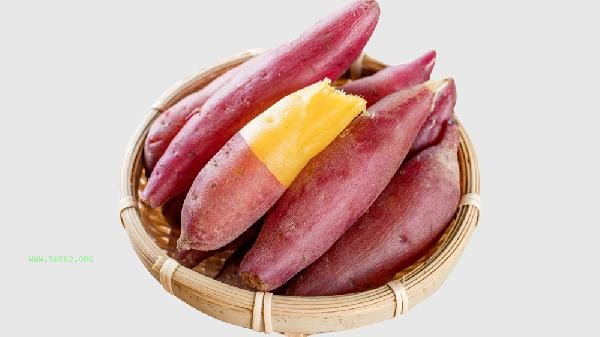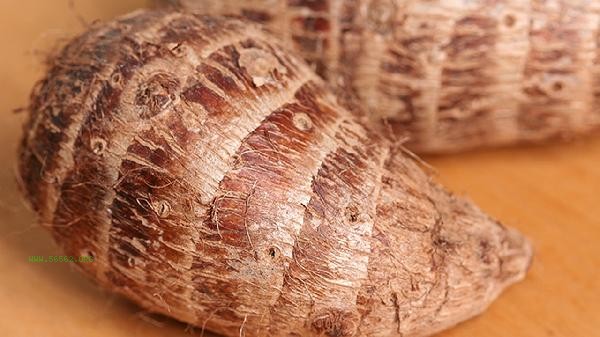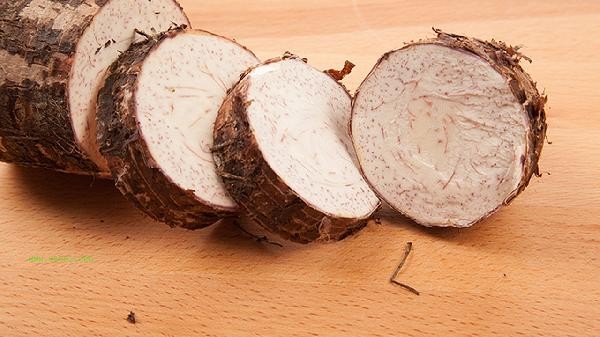Taro and sweet potatoes can be consumed in moderation during weight loss, both of which are high-quality sources of low-fat and high dietary fiber carbohydrates, helping to enhance satiety and control calorie intake. When choosing, attention should be paid to the amount of food consumed, cooking methods, and combinations, mainly including controlling single intake, prioritizing steaming and cooking methods, avoiding high sugar ingredients, replacing refined staple foods, and paying attention to individual metabolic differences.

1. Control single intake:
It is recommended to consume 50-100 grams of cooked heavy taro or sweet potatoes per meal, about half the size of a fist. Although the carbohydrate content of both is lower than that of polished rice and white flour, excessive intake can still lead to excessive calories. For example, 100 grams of sweet potatoes contain about 86 calories, which is equivalent to 25 grams of rice. Reasonable control can avoid carbon and water accumulation.
2. Prioritize steaming and boiling methods:
Steaming or boiling can maximize the retention of dietary fiber and have a lower glycemic index (GI) value. Avoiding deep frying or sugar stains, such as pulling out shredded sweet potatoes, can increase their calorie content by more than three times. Cooking with skin can further delay sugar absorption, and the resistant starch content in sweet potato skin can reach up to 15%.
3. Avoid high sugar ingredients:

Do not add high sugar additives such as condensed milk and honey when consuming. Original taro has a GI value of about 53, which is a low sugar food, but when paired with white sugar, its GI value may exceed 70. It is recommended to season with cinnamon powder or sugar free yogurt, which can enhance the flavor without adding extra calories.
4. Substitute refined staple food:
Substitute the same amount of taro or sweet potato for rice Mantou to reduce the calorie intake by 20% -30%. 100 grams of rice is about 116 calories, while the same weight of taro is only 56 calories. Its rich pectin and glucomannan can prolong gastric emptying time and reduce subsequent appetite.
5. Pay attention to individual metabolic differences:
Individuals with gastrointestinal sensitivity should control their intake of taro, as the calcium oxalate it contains may cause bloating. Patients with diabetes should monitor their postprandial blood glucose. The carbohydrate content of purple potatoes and other varieties is higher than that of ordinary sweet potatoes. Sports enthusiasts can supplement within 2 hours after training to promote glycogen recovery.

It is recommended to consume taro or sweet potatoes during breakfast or lunch, paired with high-quality proteins such as eggs and chicken breast to form a complete nutritional combination. Eating a small amount one hour before exercise can provide sustained energy and avoid low blood sugar during training. Pay attention to bowel movements, as a sudden increase in dietary fiber intake may cause temporary gastrointestinal discomfort. It is recommended to rotate different potato varieties for long-term consumption, such as choosing taro, purple sweet potato, yellow heart sweet potato, etc., in order to obtain more comprehensive vitamins and minerals. Special populations such as those with abnormal kidney function should consult a nutritionist to control the frequency of intake of high potassium potatoes.



Comments (0)
Leave a Comment
No comments yet
Be the first to share your thoughts!